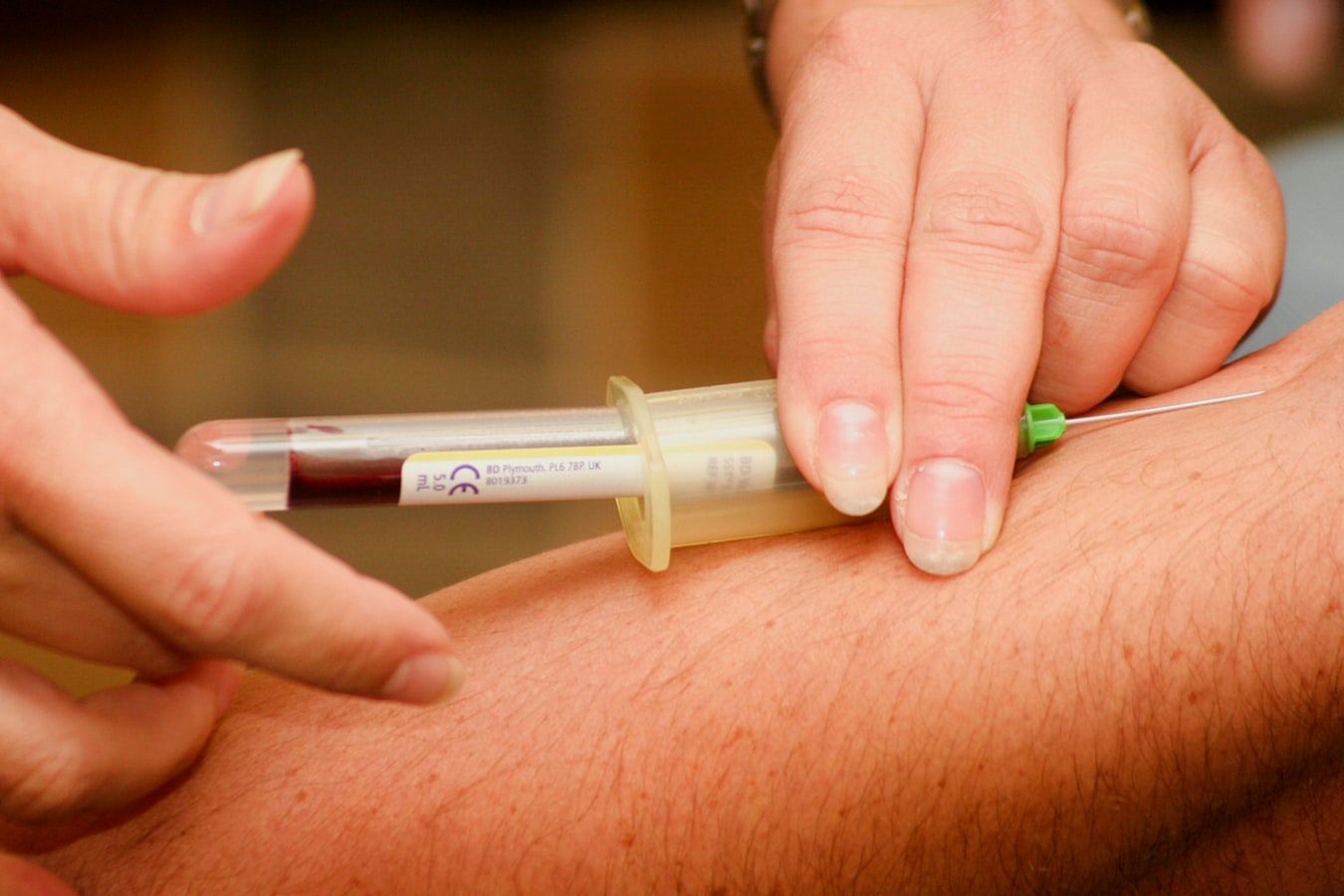Sickle Cell Anemia Associated with Leg Length Discrepancies Among Adolescents
These discrepancies are more pronounced in young, adolescent females and older adolescent males.

A new study showed that leg length discrepancy is prevalent in early adolescent females and late adolescent males with homozygous sickle cell disease. These discrepancies, which are attributed to leg shortening, were notably of mild to moderate severity.
Although sickle cell anemia has been known to affect linear body proportions, which may involve either leg shortening or lengthening among other abnormalities, there has been a lack of data assessing the different types and severities of leg length discrepancies in children with the condition.
Therefore, Eneh Ihuarula, MBBS, of Department of Pediatrics, of Enugu State University Teaching Hospital, Nigeria, evaluated the prevalence of leg length discrepancies in children as well as compared characteristics of these discrepancies among a pediatric sickle cell population and to those without sickle cell anemia. Overall, the main goal of this study was to support routine screening for leg length discrepancy in patients with sickle cell anemia.
The cross-sectional comparative study was conducted between June and August 2020, and included children attending the sickle cell disease clinic of the Enugu State University Teaching Hospital.
Ihuarula assessed 70 children, aged 1-18 years old and who were considered in a steady state—which she defined as crisis free for 4 weeks, no recent drop in the hemoglobin level, and no symptoms or signs of acute illness. The children also had confirmed HbSS by electrophoresis.
She excluded patients on chronic blood transfusion; with chronic renal, respiratory or cardiac diseases; history of cerebro-vascular accident; or prolonged steroid therapy.
Additionally, another 70 patients with hemoglobin genotype “AA” were consecutively enrolled from the children outpatient clinicals. She matched the control with subjects for age and sex.
For each patient, she determined true leg length, apparent leg length, and leg length discrepancy using a tape measure.
True leg length was measured from the anterior superior iliac spine (ASIS) to the distal tip of the medial malleolus (MM). Additionally, measurements were taken from the ASIS to the heel/floor (HEEL). These were recorded for each leg.
As for apparent leg length, Ihuarula measured from the umbilicus to the medial malleolus (UMB-MM) for both left and right legs.
Leg length discrepancy was defined as the difference in real or apparent length between the legs. The discrepancy values were then classified into mild (<2cm), moderate (2-5cm) severe (>5cm).
Thus, she found that the real leg length discrepancy between both legs, measured from ASIS-MM, was statistically significant for females aged 10-13 years. The mean discrepancy for females with sickle cell was 0.82 cm—as compared with 0.40 cm in the non-sickle cell female population (P = .039).
Additionally, males aged 14-18 years had a more significant mean discrepancy, measured from ASIS-HEEL, than the control group— 1.63 cm vs 0.82 cm, respectively (P = .047).
And finally, Ihuarula found that 81.4% of sickle cell patients presented with mild real leg length discrepancy, measured from ASIS-MM. Furthermore, 68.6% in the control group presented with the same level of severity (P=.033).
Additionally, she noted, leg discrepancy across group characteristics generally were a result of the shortening of the left leg.
She concluded with a note that that leg length discrepancy of ≥1 cm may or may not cause functional changes in hips, pelvis, or spine. Therefore, she encouraged routine screening for leg discrepancy in children with sickle cell anemia.
The study, “Leg Length Discrepancies in Nigerian Children with Sickle Cell Anaemia,” was published online in Journal of Advances in Medicine and Medical Research.